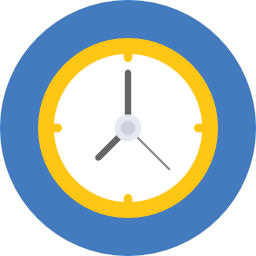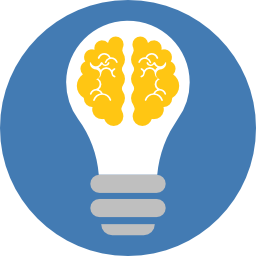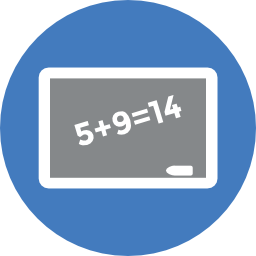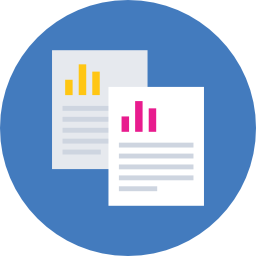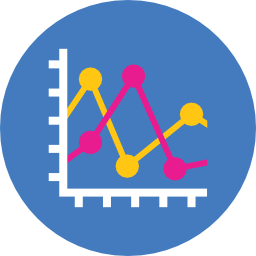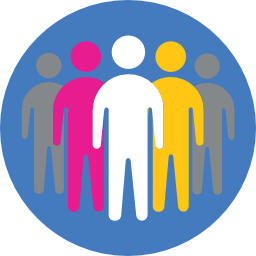Assessments & Reports
Assessments
What's in the AWE assessment?
The AWE assessment consists of a collection of validated psychometric scales and scientifically informed questions from the psychology literature that assess various aspects of wellbeing. The AWE assessment covers all major theories of wellbeing, rather than one particular theory or perspective.
The assessment is balanced with regard to the span of assessment (i.e., asking about today, yesterday, last week, in general) consistent with the sensitivity of the constructs measured.
How are the three core assessments different?
Adults (school staff, parents) answer:
- Global Wellbeing
- Domain Wellbeing
- Work Wellbeing (if employed)
- Resilience
- Health and Lifestyle
- Enabling Wellbeing
- School feedback and comments
- (14 questions)
- (10 questions)
- (19 questions)
- (03 questions)
- (04 questions)
- (02 questions)
- (02 questions)

Senior students aged 12-18 answer:
- Global Wellbeing
- Domain Wellbeing
- School Wellbeing
- Resilience
- Health and Lifestyle
- Enabling Wellbeing
- School feedback and comments
- (05 questions)
- (05 questions)
- (10 questions)
- (03 questions)
- (04 questions)
- (02 questions)
- (03 questions)

Junior students aged 8-12 answer:
- Global Wellbeing
- School Wellbeing
- Resilience
- Health
- School feedback and comments
- (03 questions)
- (07 questions)
- (01 questions)
- (01 questions)
- (03 questions)
AWE assessment technical manual
The technical manual is a comprehensive and detailed description of the adult and student AWE assessments - including notes on its development, the specific questions asked, the response scales used, and underpinning links to the scientific literature. If you would like a copy of the AWE assessment manual please contact us at info@awesomeschools.com.
Reports
What's in the school report?
The school report explains wellbeing generally, and then provides a detailed description and interpretation of personal results across the modules of Global Wellbeing, Domain Wellbeing, Work Wellbeing (employed parents), School Wellbeing (for students), and Component Wellbeing modules (Resilience, and Health and Lifestyle, School Wellbeing Enablement). Overtime comparisons betweeen juniors, seniors, staff, & parents are made before a detailed analysis of each group. See below to receive a sample report.
Learn about Positive Education
Positive Education & Wellbeing Measurement
